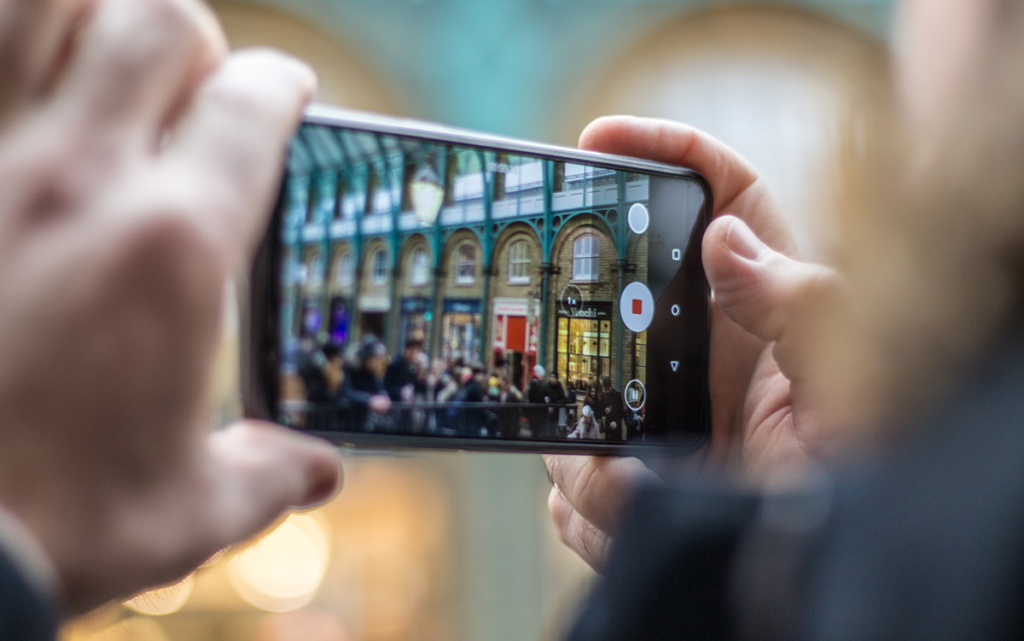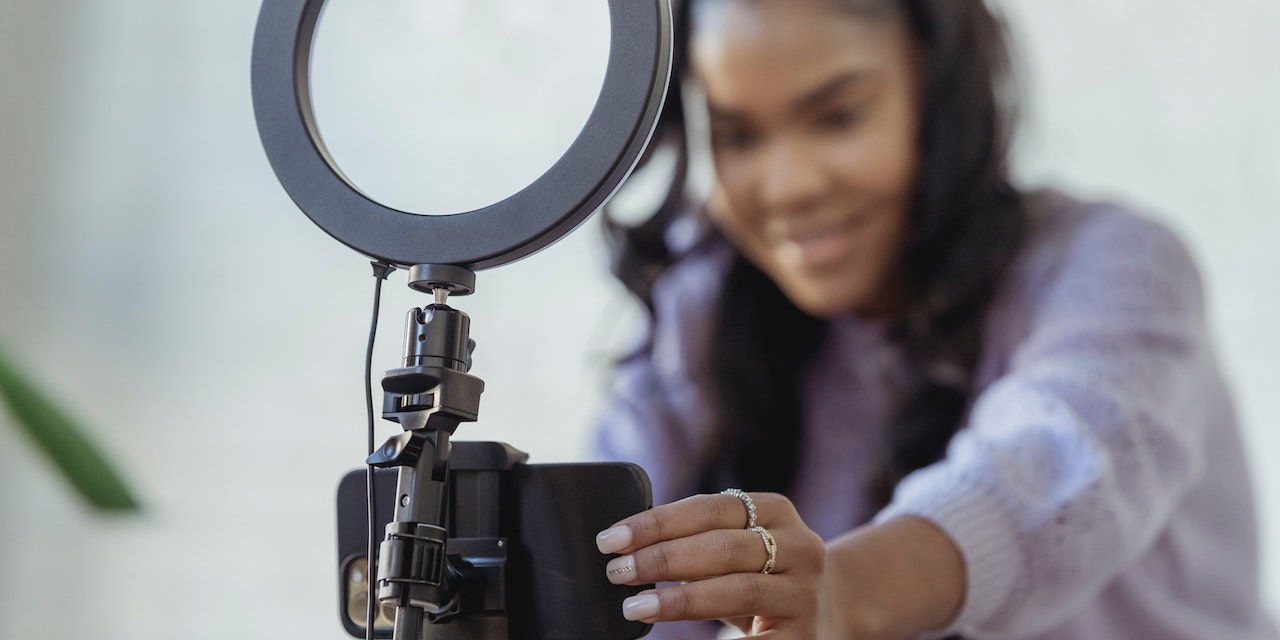Learning how to record better videos on a smartphone?
Recording video with a mobile phone has become increasingly popular in recent years, thanks to the convenience, versatility, and accessibility of smartphones.
With built-in cameras that can capture high-quality footage, various shooting modes and settings, and built-in editing software, smartphones make it easy for anyone to create and share professional-looking videos.
I decided to upgrade my iPhone or purchase a new video camera a few years ago. I chose the former. Ultimately, in the palm of your hand, smartphones continue to deliver video quality that rivals video cameras when under the $3,000 price point.
Whether you’re a vlogger, content creator, or want to capture and share special moments, using a smartphone to record video can be a convenient and effective way to do so.
Record Higher-Quality Video on iPhone or Android
After spending many years as a digital marketing consultant, I’ve found smartphones to be a quick, convenient way to gather video clips from outside parties. Whether working with a non-profit, selling a product, or featuring your own business, sharing video is a great way to help the public understand your message and brand quickly and effectively.
Here are a few handy tips I’ve learned to share with clients and video participants when they’re recording self-filmed video clips from home:
ORIENTATION: Horizontal—film with phone sideways, but ensure the camera has switched to horizontal mode/orientation before starting.
RECORDING START/STOP: When filming, press your start or record button and then wait 1-2 seconds before you start speaking. This gives the video editor space to trim your clip if needed. Similarly, at the end of a speaking part, wait a few seconds before stopping the recording.
STABILITY: If possible, film with the phone on a tripod OR sit the phone stationary on a counter or bookshelf. If someone films holding the phone, the final video will be more prone to shakiness.
CROPPING/VIDEO VIEW: Be sure to fit at least your entire upper body and face/hair within the framed view of your recorded video—with some space between you and the top/bottom/side edges of the frame for possible cropping.
LIGHTING/BACKGROUND: Film your video in a well-lit area of your home, office, or outdoors (additional lights or lamps set behind your phone can help brighten your recorded face) in a setting with a simple, non-distracting background.
SOUND: Limit background and surrounding noise as much as possible, and speak with a confident, projected voice to ensure it is heard well in the recorded video. Sitting back 2-3 feet from your phone generally works well to give enough viewing space for the recorded video, but not so far away that your voice can’t be heard.
MULTIPLE TAKES: Don’t be afraid to record your speaking part multiple times to have more footage to choose from for the final edited video.
VIDEO QUALITY: In the video settings of your phone, make sure you’re recording at the highest quality and rate available, which is often 4K at 60 frames per second.
How can you record better video on a mobile phone?

Capturing life’s magic moments or sharing a business message requires quality video capture.
If you want to greatly enhance the quality of your video recordings on your mobile phone, you can note a few steps to help achieve better results.
- First, make sure you have enough light. Adequate lighting is essential for good video quality. Try to record in well-lit areas or use additional light sources if necessary.
- Next, pay attention to your framing and composition. Avoid recording from awkward angles or too close to the subject, and use the rule of thirds to help compose your shots.
- Avoid moving the camera too much, as this can cause the video to appear shaky and difficult to watch. If you need to move the camera, try to do so smoothly and steadily.
- Consider using a tripod or other stabilizing device to help keep the camera steady and reduce camera shake.
- Check your phone’s camera settings and experiment with different options, such as resolution, frame rate, and focus mode, to find the best settings for your video.
- Finally, be patient and take your time. Record multiple takes and choose the best one. Consider editing your video using a video editing app or software to improve the overall quality.
By following these tips and practicing regularly, you can improve the quality of your video recordings on your smartphone.
How can I improve my video recording skills?
Although there’s no substitute for hard work and practice, videography has various “tricks of the trade” that will improve you immediately.
Here are a few easy-to-understand tips to help you improve your video recording skills:
- Use a tripod to keep the camera sitting steady and avoid shaky footage.
- Use natural lighting or a good lighting kit to ensure your video is well-lit and easy to see.
- Experiment with different angles and shot compositions to add visual interest to your videos.
- Use a good microphone to capture clear audio, and be sure to speak clearly and at a good pace.
- Edit your videos to remove unnecessary footage and improve the overall flow and pacing of the content.
- Practice, practice, practice! The more you record and edit videos, the more comfortable you will become with the process and the better your videos will become.
What are the benefits of filming videos from a mobile phone?
There are several advantages to filming videos using a mobile phone, including the following:
- Affordability: It can be much cheaper to buy a smartphone with a built-in video camera instead of purchasing secondary videography equipment.
- Convenience: Mobile phones are small and portable, making them easy to carry around and use to capture videos on the go.
- Versatility: Most smartphones have built-in cameras that can capture high-quality videos and various shooting modes and settings to help you get the best results.
- Accessibility: Most people already own a smartphone, so there is no need to purchase any additional equipment to start filming videos.
- Editing capabilities: Many smartphones come with built-in video editing software, allowing you to quickly and easily edit your videos on the device itself.
- Sharing options: Mobile phones make it easy to share videos with others through social media and other online platforms.
Using a mobile phone to film videos can be a convenient, versatile, and cost-effective way to capture and share video content.





